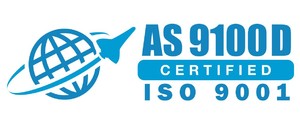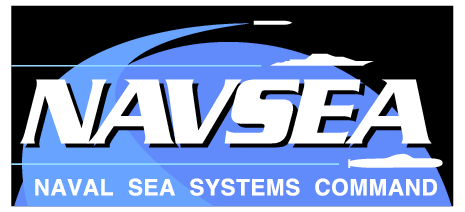Chinese balloons flying over the U.S. in early 2023 led some military experts to raise the alarm about electromagnetic interference (EMI) attacks. Countering the effects of EMI has been an important consideration for the defense and aerospace industries for decades. However, the threat level has never been higher. EMI shielding is essential for the safety and performance of mission-critical electronics.
Learn more about what EMI shielding does and how to use it in your project design.
EMI Shielding Applications
The defense and aerospace industries have many EMI shielding applications. EMI can come from natural events like lightning strikes and auroras. Man-made causes include:
- Power lines
- Cellular networks
- Wi-Fi networks
- Electronic devices, especially those using 5G
- Radios
- Electric motors
Other more aggressive causes include:
- High-altitude nuclear electromagnetic pulse (HNEMP)
- High-power microwave weapons
- E-bombs
- EMP cannons
You may need different EMI shielding solutions depending on the application.
How Does Electromagnetic Shielding Work?
Electromagnetic shielding works by reflecting or absorbing unwanted electromagnetic waves. Reflection is the main mechanism of EMI shielding.
Shielding by Reflection
Shielding by reflection relies on Faraday’s Law, which describes electromagnetic induction.
An external electromagnetic field will induce electric currents inside the shield of a shielded device. The shield generates a magnetic field. This new magnetic field counters the external field and negates the external influence.
Shielding by Absorption
Absorption is a secondary method for electromagnetic shielding. The shielding material cuts the magnetic field lines, which travel through the material. Absorption shielding also weakens the incoming magnetic wave through eddy currents.
Designing an EMI Shielding Solution
The shielding enclosure needs to have the right material, structure, and form for the application. Factors to consider include:
- Thickness and conductivity of the shield material
- Frequency of the electromagnetic field
- Proximity of the device to the shield
Various materials are available for EMI shielding. The material should have good electrical conductivity and magnetic permeability. You can choose from materials such as:
- Metals like silver, copper, and aluminum
- Conductive silicone, which contains a metal like nickel graphite
- Carbon foam
- Foil tape
- Conductive fabric
It can take several forms, depending on the application. Common options include:
- Coatings
- Wire mesh or screens
- Solid enclosures
- Gaskets and O-rings
The shield must fully enclose the device. The design should use the most even surface possible. You want a homogeneous, conductive surface.
Dip Brazing for EMI Shielding
Dip brazing provides good EMI protection by eliminating the distortion that can result from welding. It fills joints for complete coverage. New Age Metal Fabricating offers high-quality aluminum dip brazing to give you durable products that perform beyond your expectations.
We use a nonferrous metal filler between joints. Then, we place the parts in a molten salt bath. The parts go into a quenching tank to harden the joint.
Dip brazing from NAMF creates joints that are EMI-shielded and won’t leak. Brazing improves conductivity. The filler metal will match or exceed the conductivity of the base metal.
Choose NAMF for Your EMI Shielding
EMI shielding is critical in the aerospace and defense industries. The best type of shielding solution depends on your application.
NAMF has more than 60 years of experience in aluminum dip brazing. We have NADCAP and NAVSEA approvals. We’ll help you design the right EMI shield for your needs.
Contact NAMF today to discuss your EMI shielding solution.





